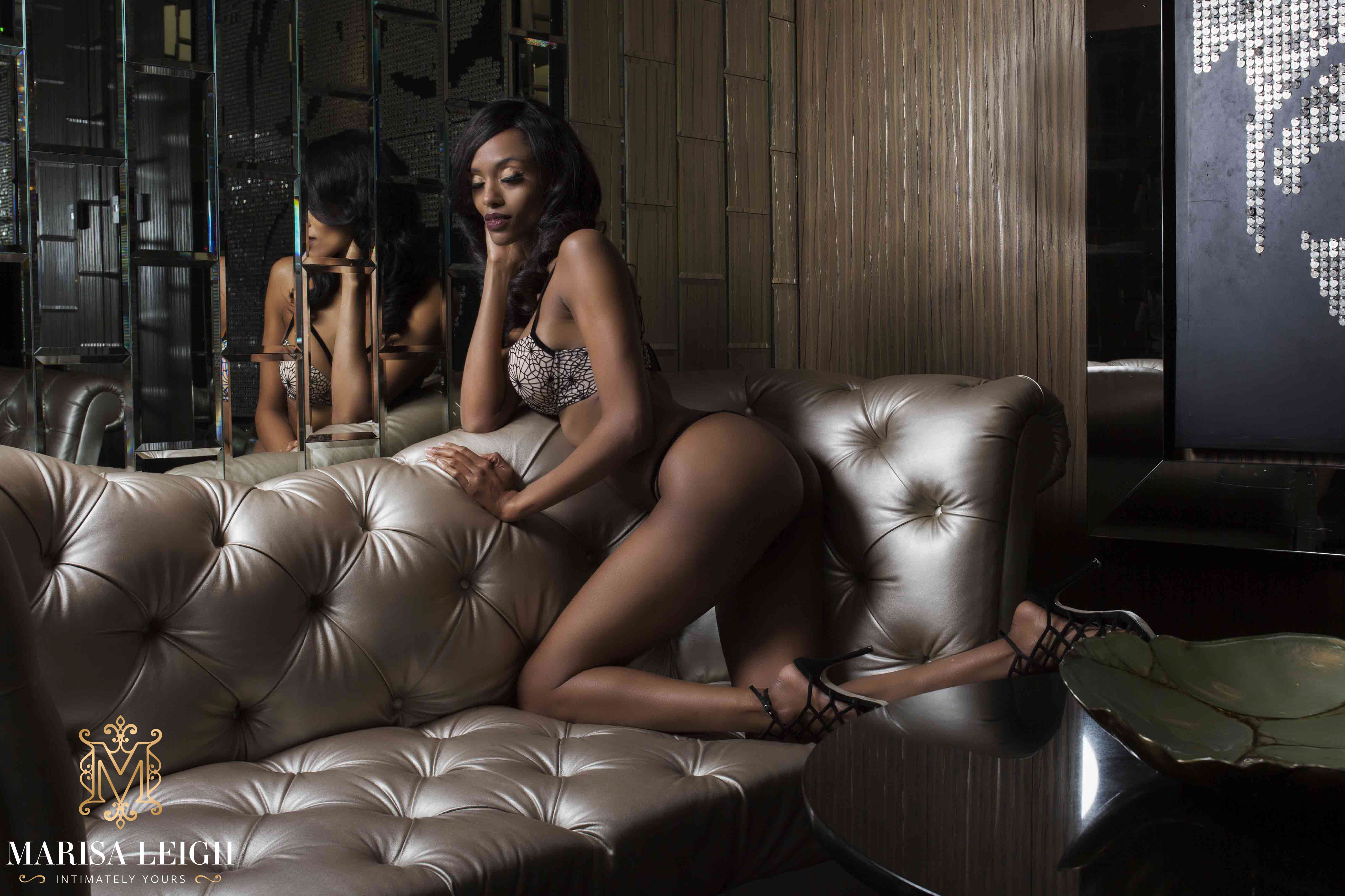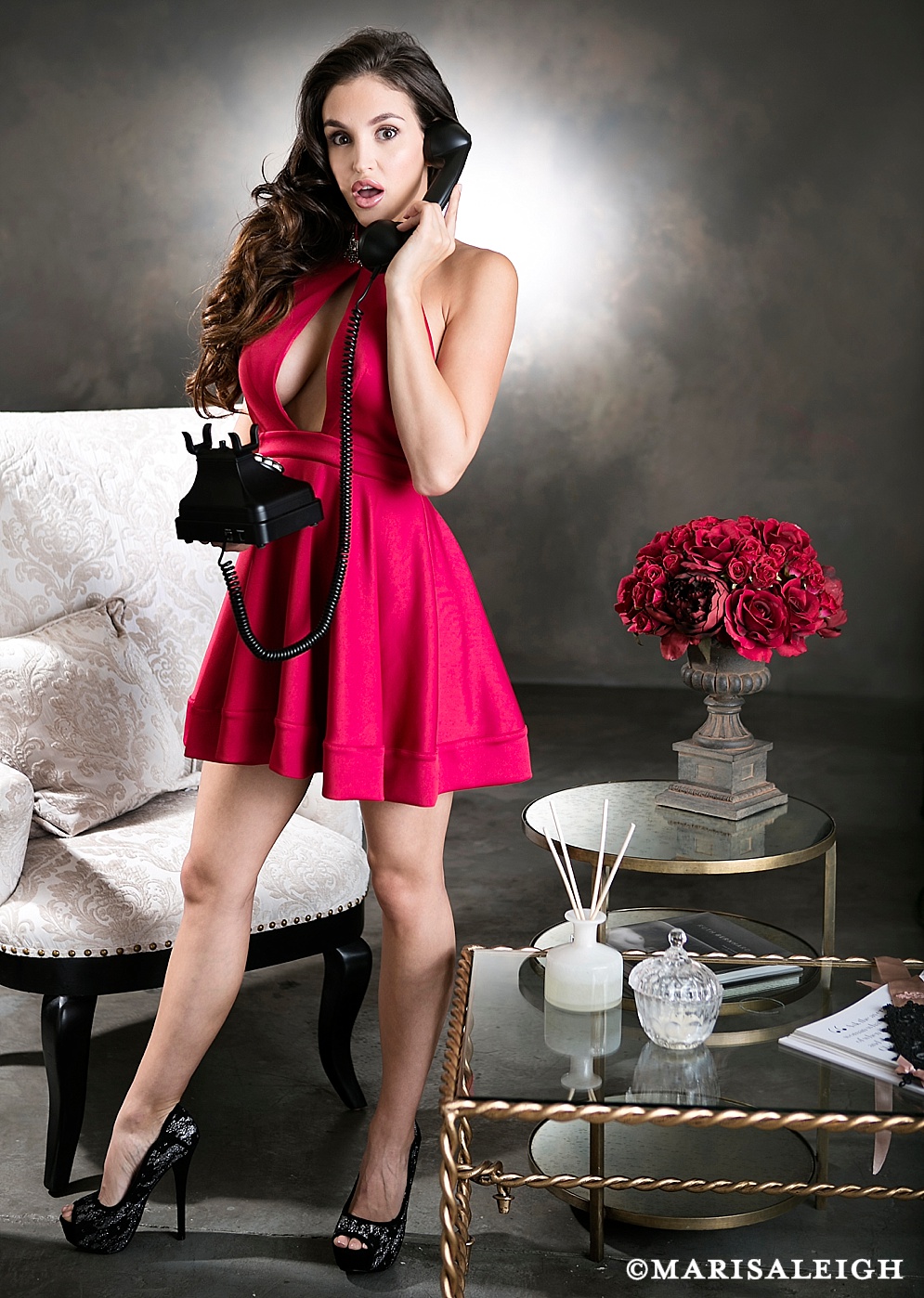Boudoir Photography Tips: Creating a Body of Work That’s Uniquely You
Your first 10,000 photos are your worst. – Henri Cartier Bresson
In the art of photography, you will be judged, you will be admired, and you will be remembered by the work that you create. How much time and thought are you investing in a creating and polishing a great body of work?
Do you even know what that would look like?
If not, that’s perfectly alright. It sometimes years to create an excellent body of work, and knowing how to cull what you’ve created into something cohesive and beautiful is a talent in and of itself.
So let’s assume that you’ve taken your first 10,000 photographs, maybe even 20,000. And there are a couple hundred that you really love. What do you do next?
The first thing you need to do is sort your favorite photographs into some unifying categories. Ask yourself some questions:
- Do these express a unique theme or idea, color scheme, mood, emotion?
- Is my style uniform?
- What is do these images say about my work?
- What type of clients would these attract?
- What words would people use to describe these images?
Are just a few questions you should regularly start to ask yourself. When organizing your work into broad categories, it’s important to be picky. Photographs in a set should have similar tones and styles, should look like they belong together. We’ll talk more about how to create a unique style in a later blog.
But once you’ve sorted your photographs, the next step is where to show them off.
Hopefully, after the sorting process, you have whittled your collection down quite a bit. One of the most important things about developing a great body of work is that you should only show your best. Unfortunately, you are always judged by your worst photograph, and if the worst thing people see is still amazing, then you’re gonna be ok.
When it comes to showcasing, there’s a couple of things you can do. Of course, you can enter art shows and contests and show your work to the public that way, which is a great idea if you’re primarily a fine art photographer.
Keep in mind too when it comes to creating a website, the wrapping is really just as good as the goodies it holds. If your website looks sloppy, has too much content with too many categories, your social is outdated, it won’t matter how brilliant your photographs are. But don’t worry! You don’t have to be a talented web developer to have a great website. Sites like Squarespace, WordPress, and hundreds of others have platforms and templates that make showing off your photos that much easier.
Handling and Preserving Your Art
This is your art, you don’t want anything to happen to it to do you? Not only do you need to have online galleries of your work, but you need a way to store your backups and the backups of your backups. Maybe you know this but I’m here to remind you. You’ve put in all this effort, what would happen if your computer crashed and you lost all your work?
You need to make sure that you have at least two back ups of everything. I try my best not to clog up the hard drive on my computer with the large files, and although I don’t keep ALL of the photos I’ve ever taken backed up (that would be absurd) I do store my favorites in both an external hard drive and via online photo storage. I also keep a handful on my laptop, just for easy access.
Every photographer needs to create a professional portfolio, both in online form and in tangible book form. Your tangible (book) portfolio should contain:
- Artist Statement
- A Diverse but Thematically Consistent Body of Work carefully chosen to reflect a) your unique style and b) your personal versatility
- Only Your Best Work
Your online portfolio should also adhere to these rules, and each set should adhere to a specific focus. Consider your target audience when you’re creating your portfolio. Ask yourself when you are deciding an image:
- Will my target audience care about this image? (i.e Will a bride to be care about seeing a shot of a motorcycle?)
- Will the image “wow” my target audience?
If the answer is yes to both questions, include it. If not. Don’t. You can always create something better.
Check out one example of our portfolio , you might find some great ideas.






